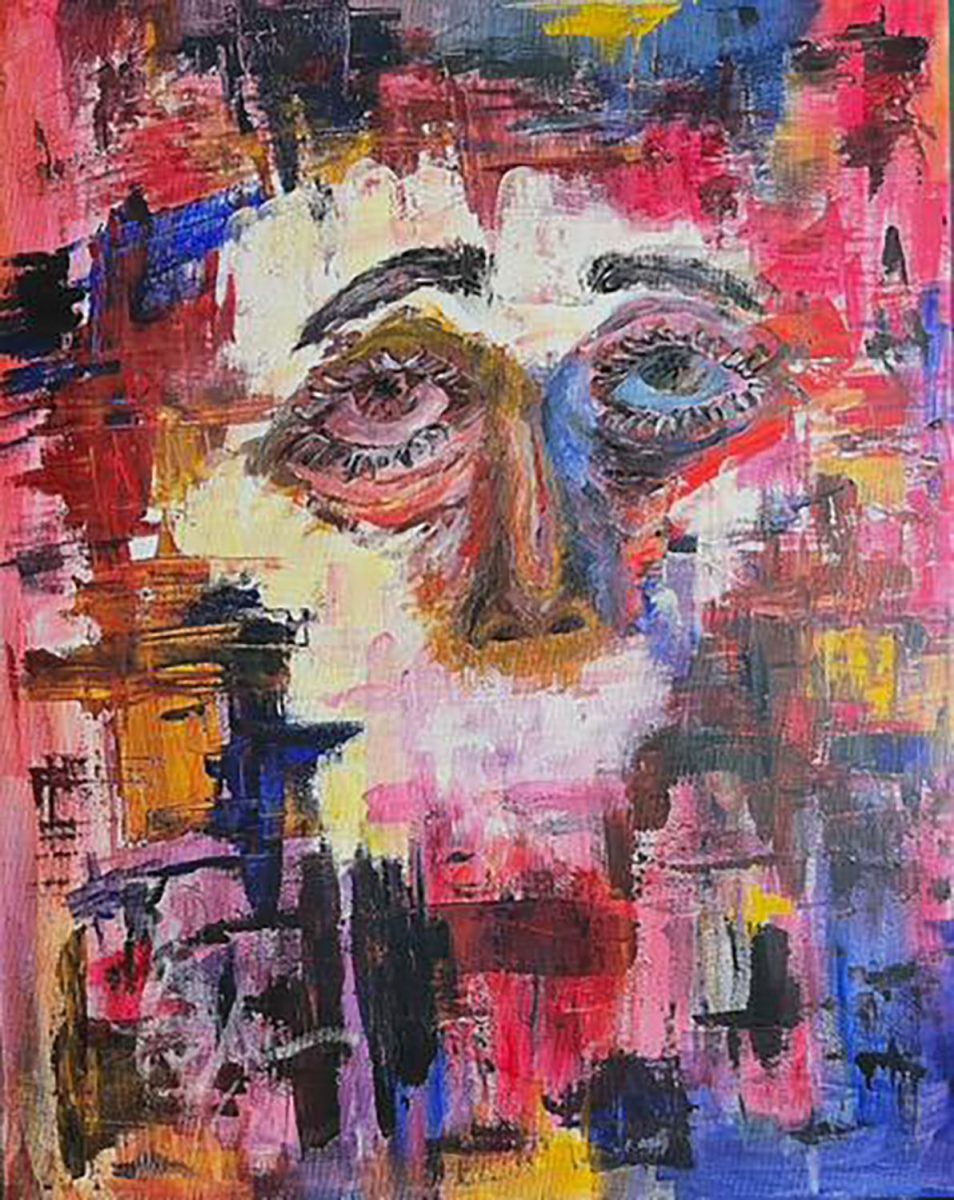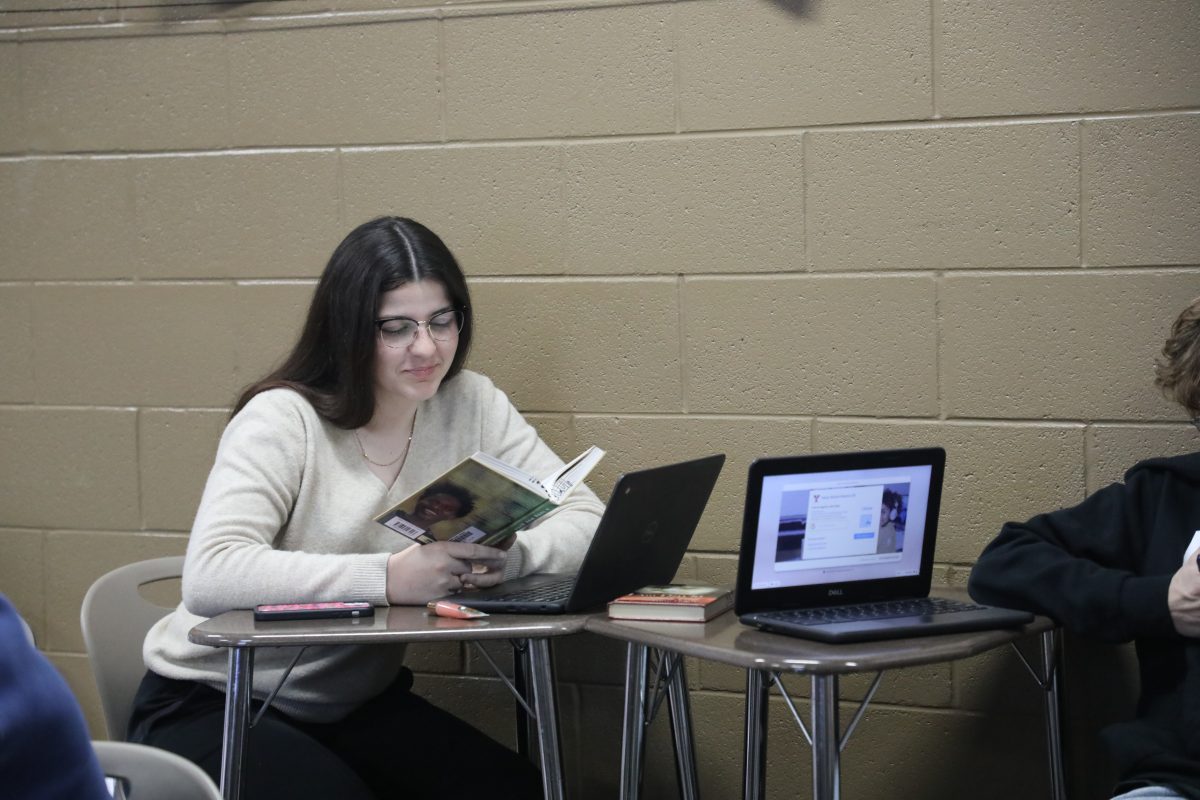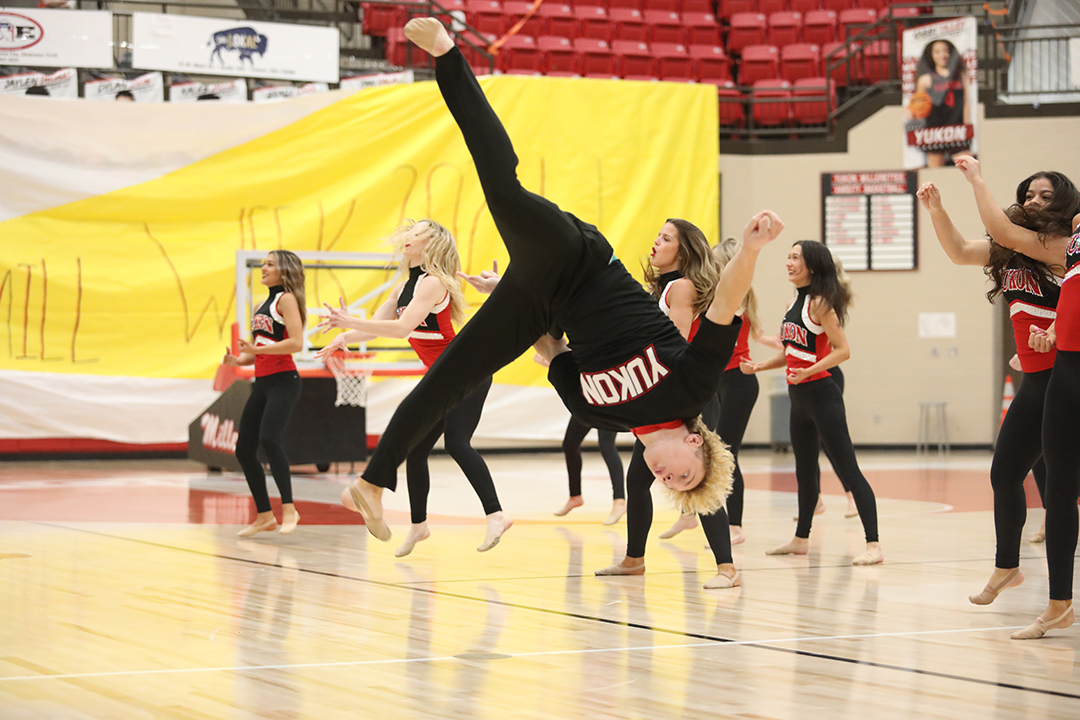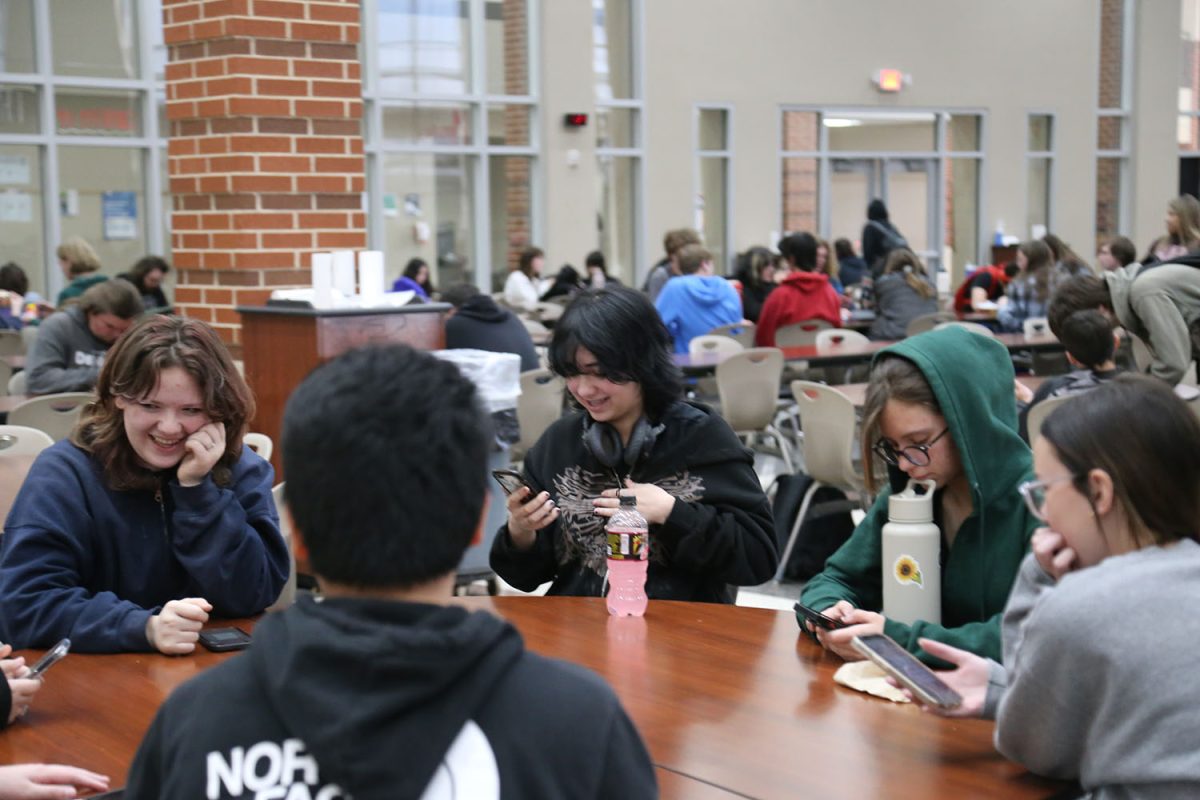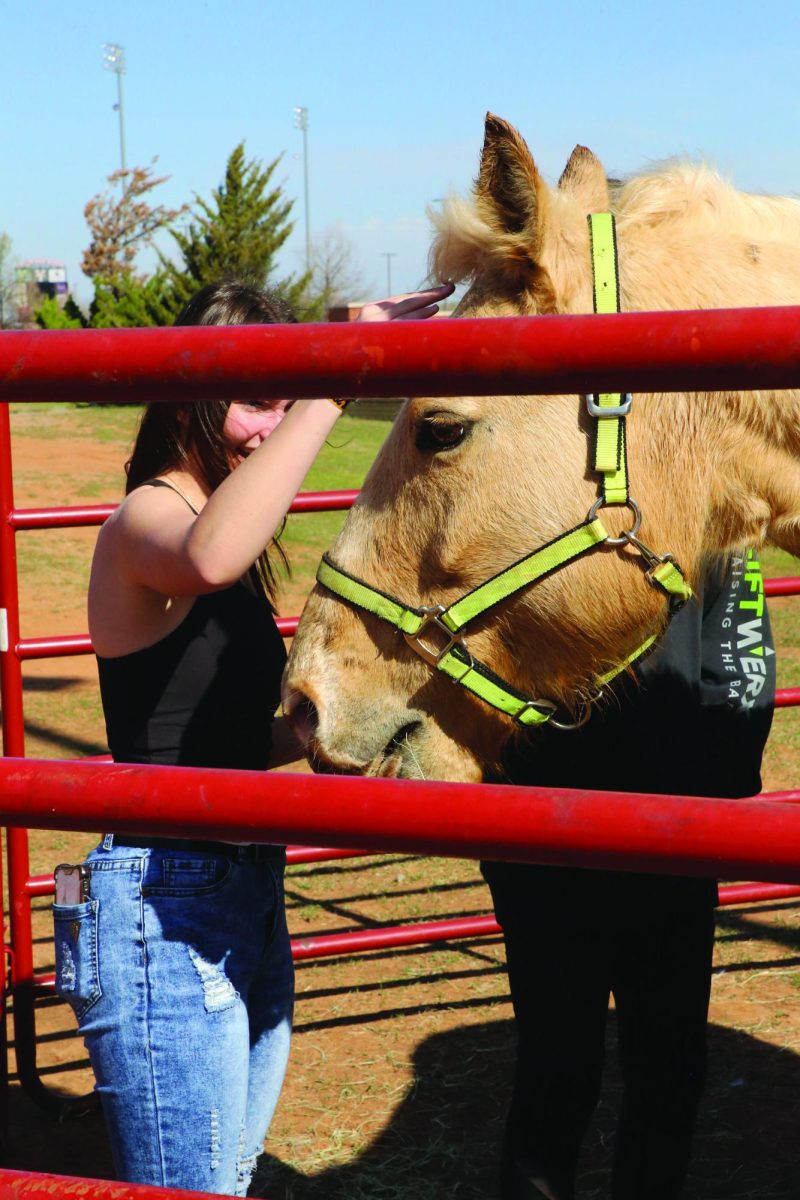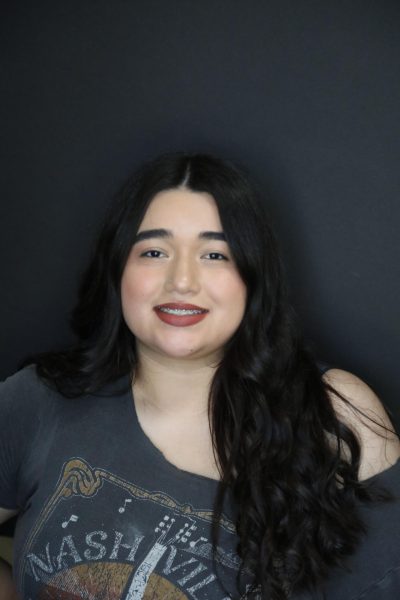Placing her grandfather’s blue guitar beside his picture, sophomore Yuridia Guzman gathered with her family as they shared anecdotes of her grandpa and sister who have passed.
“Día de los Muertos, it’s not only a celebration but it’s almost sacred in our family because we have an ofrenda where we keep pictures of my grandpa who recently passed away this summer and my sister,” Guzman said. “We keep it year-round, but every Día de los Muertos we put up things that they loved or liked and we’ll celebrate them in honor of the life that they lived.”
Día de los Muertos (Day of the Dead) was celebrated annually all over Latin America on Nov 1 and 2. This holiday consisted of commemorating loved ones who passed and celebrating the life they had. Ofrendas were set up by family or friends of the person who passed on. These altars consisted of many items which could include candles, different types of foods and objects that honored the memory of loved ones who passed. Senior Alexis Balderas described items that she included in her family’s ofrenda.
“Some important elements are pictures, candles, food, objects that symbolize them or what they did throughout their life,” Balderas said. “And decorations that embrace the Mexican culture such as marigolds, skulls, tissue paper flowers.”
During this holiday, some people dressed in colorful, traditional dresses and painted their faces as skulls with flowers, butterflies and other festive symbols to represent the souls of those who passed. This face paint is referred to as “La Catrina” face painting. La Catrina was created in 1910 by the Mexican printmaker Jose Guadalupe Posada. Senior Sophia Valdivia described the first time she celebrated Día de los Muertos.
“The first time I remember [celebrating Dia de los Muertos] I had gotten dressed up, I was in a little gown and I had like skeleton face makeup, and they put a flower crown in my head and I was in the back of a horse with my uncle,” Valdivia said. “It means a lot because we get to remember those that we lost.”
Story updated March 26, 2024 at 4:37 p.m.

![Wearing the "Catrina" face makeup since she was little, junior Itzel Lopez Romero uses the style as a way to keep her family's tradition alive. "I feel like I copy a lot of the old style but in a newer version," Lopez Romero said, "I think of my grandma, looking back at pictures like how she used to do her makeup, really inspired me on how to bring back that tradition we used to have [in Mexico], here in the United States."](https://yhsinsight.com/wp-content/uploads/2024/03/aaaaa1-1200x901.jpg)
